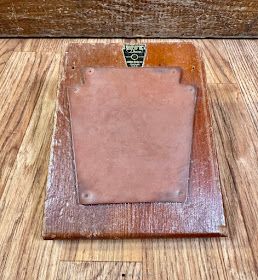Since retiring, I've found that drumming every morning has proved not only therapeutic, but soul-restoring as well.
After breakfast, I retire to my studio and begin playing on a pad (usually one of my vintage Ludwig tunable pads, which have the most wonderful feel and response of anything I own. I start gently, playing single strokes. I may do a little work from the first page of Stick Control (the book drummers love to hate, and also love). At first, I'm just warming up my hands and wrists, so I keep it simple and gentle.
Once I've done that for a good five to ten minutes, I'll add diddles or flams, keep an even, slower tempo and focusing on -- well, nothing at all. This is drumming for my mind, and keeping things calm and easy is key. I'm not necessarily thinking about music at this point, just movement.
By the time everything feels warmed up, I've graduated to a favorite page from the old NARD Book, and I reach for my metronome. Again, I choose a slower tempo and focus on calm and breathing, and I read through one of these short solos that have become old favorites for me. I started learning some of these in middle school and they feel like hot soup on a cold day, comforting in their structure and order, and in the way they make my hands move.
By now I'm about 20-25 minutes in, and I select a newer drum piece -- a rudimental solo or a corps-style exercise -- and focus on that for a good ten to fifteen minutes, starting slow and not forcing anything. I may gradually increase tempo, or I may stay where I am. It depends on my mood and the temperature in the studio.
Finaly I go back to my meditative warm-up and use it as a cool-down, bringing me back to a gentle present moment. By the time an hour has passed, I'm relaxed, refreshed and ready to get on with my day.
Happy drumming.


















































